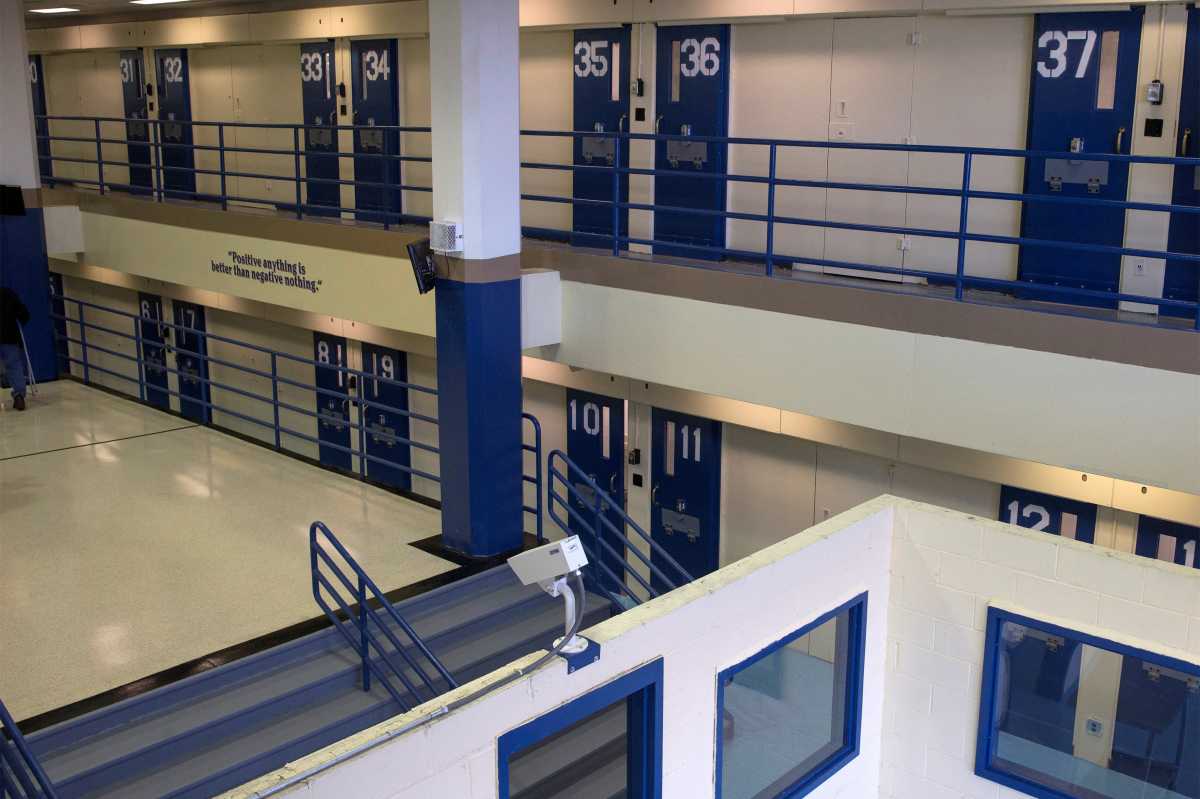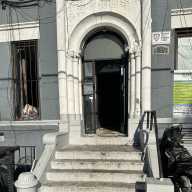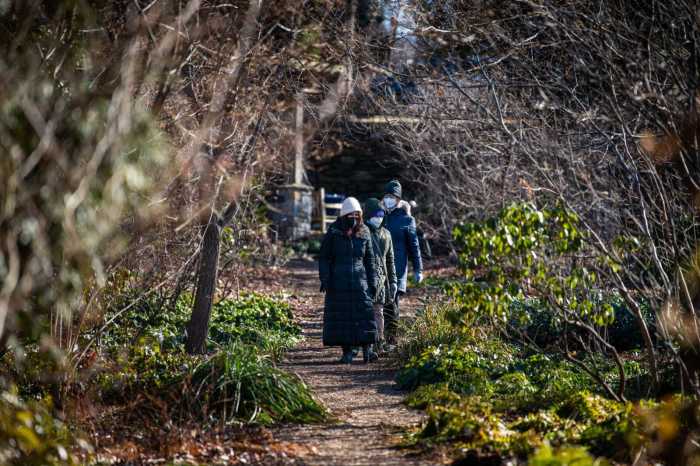The concept of life on Mars has been the subject of many books, big-feature films and exploration by NASA. If there is life to be found, those inquiring may want to take notes from an award-winning project developed by two NYC high school students on self-sustaining agriculture on the red planet.
Bronx High School of Science senior Vera Pankevich and West End Secondary senior Sebastian Theiler’s project, Martian Mycrops, was a blend of Pankevich’s love for botany and Theiler’s zeal for space exploration.
The project earned the pair a regional first-place finish at the world’s largest science competition, ExploraVision, but more importantly, has given the two high schoolers a foundation with which to build upon in their future studies.

“I mean, I’m not sure it’s fully set in yet, but in the coming days I’ll realize that we won,” Theiler told the Bronx Times. “This idea predates our submission to ExploraVision. We actually submitted to another competition last year, and we didn’t win. But we believed in our idea, so we kept going.”
The purpose of the “mycrops” — a blend of fungi-like mycelium and crops — is to reduce the amount of material transported from Earth to a Martian colony, thus lowering costs for Mars missions and enabling Martian colonies to be self-sufficient.
Using a scene from the acclaimed 2015 sci-fi film “The Martian,” where Matt Damon’s Dr. Mark Watney character grows potatoes by using his own feces for fertilizer, the duo dissected the feasibility of agriculture on the red planet.
Since Mars lacks the necessary water and nutrients, growth on the planet is stunted by perchlorates — chlorine-based chemical compounds that are toxic to both humans and plants — found in Martian soil.
However, there are bacteria on Earth that can degrade perchlorates and eventually turn them into oxygen by removing the toxic components that harm humans and plants. What the students decided to plant was fungi, which would eliminate the harmful salts from the Martian soil, eventually creating a ground where those potatoes Watney cultivated could realistically grow.
It would, the young scientists say, create a self-sufficient Martian planet. But the project isn’t only useful for examining the “what-if’s” on Mars, but also the possibilities on Earth.
Perchlorates are used as an oxidizer in solid fuel for rockets, fireworks and missiles, but improper disposal has led to widespread contamination in the U.S.
“Once you start doing science, I think it kind of snowballs because it’s so interesting that you continue doing it and exploring techniques and ways to explore the world,” said Pankevich. “They are toxic chemicals, oil spills, all sorts of contaminated areas on Earth. … I think that also directly leads back to the potential for remediating this soil on earth and how we could clean up contaminated sites.”
Perchlorates, the Obama-era Environmental Protection Agency (EPA) determined in 2011, required regulation and had posed a health threat to the nation’s drinking water, impacting roughly 16 million Americans.
However, the EPA has not regulated a new contaminant in drinking water since 1996.
Reach Robbie Sequeira at rsequeira@schnepsmedia.com or (718) 260-4599. For more coverage, follow us on Twitter, Facebook and Instagram @bronxtimes.

